How to Draw Frequency Distribution in Excel TUTORIAL
Excel FREQUENCY Part
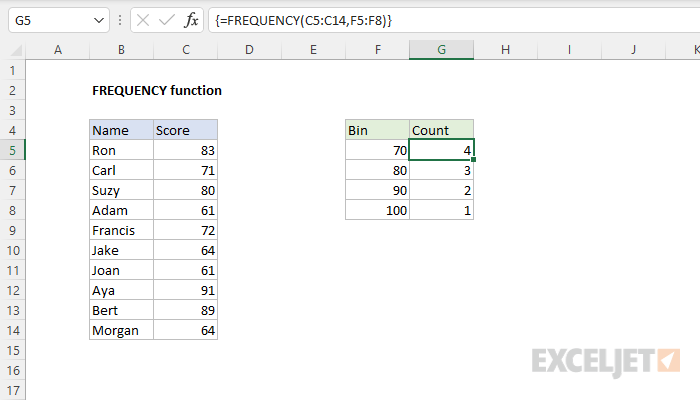
Summary
The Excel FREQUENCY function returns a frequency distribution, which is a list that shows the frequency of values at given intervals. FREQUENCY returns multiple values and must exist entered as an array formula with control-shift-enter, except in Excel 365.
Purpose
Get the frequency of values in a data set up
Return value
A vertical array of frequencies
Syntax
=FREQUENCY (data_array, bins_array)
Arguments
- data_array - An array of values for which you want to get frequencies.
- bins_array - An array of intervals ("bins") for grouping values.
Usage notes
The FREQUENCY part counts how often numeric values occur in a ready of data and returns afrequency distribution – a listing that shows the frequency (count) of each value in a range at given intervals (bins). FREQUENCY returns the distribution as a vertical array of numbers that correspond a "count per bin".
The FREQUENCY part e'er returns an array with one more detail than bins in the bins_array. This is by blueprint, to catch any values greater than the largest value in the bins_array. The general pattern for FREQUENCY is:
wheredata_array and bins_array are typically ranges on the worksheet.
Instructions
To create a frequency distribution using FREQUENCY:
- Enter numbers that stand for the bins you desire to group values into
- Brand a pick the aforementioned size every bit the range that contains bins, or one greater if want to include the actress particular
- Enter the FREQUENCY function as a multi-cell array formula with control+shift+enter.
In Excel 365, it is not necessary to enter FREQUENCY as an array formula. See notes below.
Examples
In the instance shown, the formula in G5:G8 is:
Entered as a multi-cell array formula.
Notation: the curly braces added past Excel automatically when entered with control + shift + enter.
Horizontal results
The FREQUENCY part ever returns a vertical array of results. To return horizontal results, wrap the FREQUENCY role in the TRANSPOSE function:
Excel 365
In Excel 365, which supports dynamic arrays natively, information technology is not necessary to select multiple cells earlier inbound the FREQUENCY part. In cell G5, yous can simply enter the formula beneath:
FREQUENCY will return an array of 6 counts, and these counts will spill automatically into the range G5:G9. The count in the last row (G9) is the overflow bin, the count of any values greater than the largest value in the bins_array.
Notes
- FREQUENCY returns multiple values and must be entered equally an assortment formula, except in Excel 365.
- FREQUENCY always returns an array with one more particular than bins. This is past pattern, to take hold of any values greater than the largest interval in the bins_array.
- Each bin shows a count of values up to and including bin value, excluding values already accounted for.
Download 100+ Important Excel Functions
Become over 100 Excel Functions you should know in 1 handy PDF.
Excel video training
Quick, clean, and to the point.
DOWNLOAD HERE
How to Draw Frequency Distribution in Excel TUTORIAL
Posted by: marilynfratirld.blogspot.com

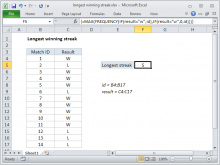

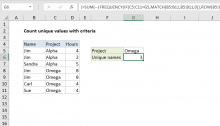
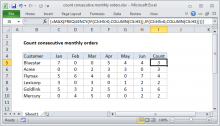

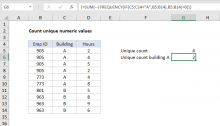
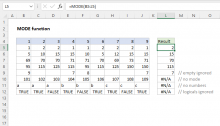
Comments
Post a Comment